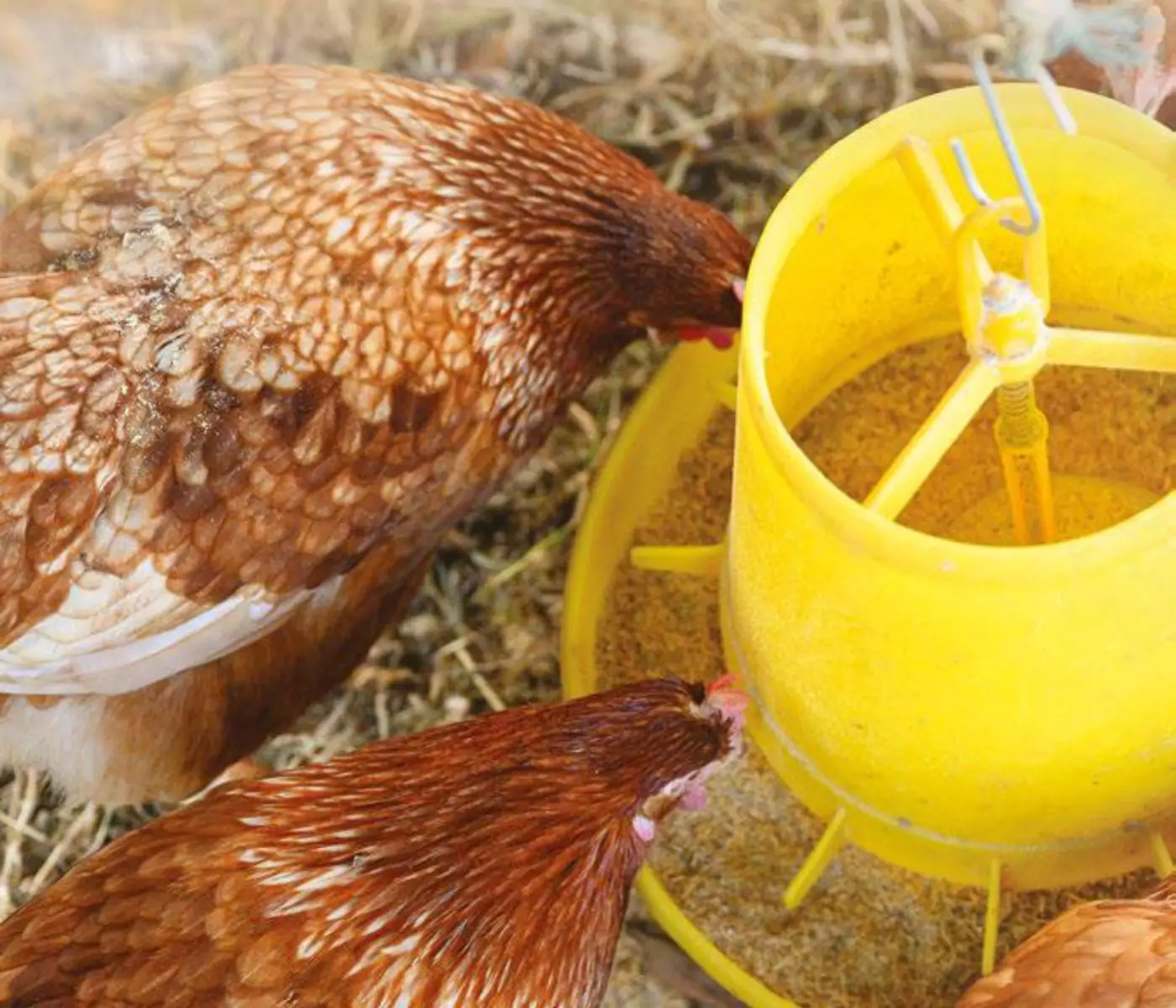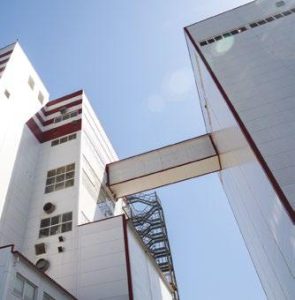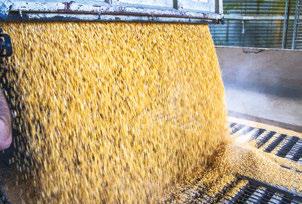 16 Nov 2024
16 Nov 2024

![]() On the other hand, the advancements in genetics at the production level have been nothing short of remarkable. We could agree that in the year 2000, nutrition was ahead of genetics, but at this moment, nutrition does not fully meet the productive potential that a laying hen can offer us (reaching 100 weeks of life).
On the other hand, the advancements in genetics at the production level have been nothing short of remarkable. We could agree that in the year 2000, nutrition was ahead of genetics, but at this moment, nutrition does not fully meet the productive potential that a laying hen can offer us (reaching 100 weeks of life).
It is evident that this situation has advantages and disadvantages, from the EU regulatory framework to the quality and presentation of the feed for our birds.
| From my point of view as a specialist in manufacturing technology, I will try to break down the limitations we face in this time of volatile input prices. |

Single-species factories
 In single-species factories, it will be easier to configure the production line since the animal to be fed always requires the same presentation, and it will only vary depending on whether we present it as mash, crumbs, or pellets. It should be noted that in the case at hand, the presentations will differ if we are in the rearing phase or the laying phase.
In single-species factories, it will be easier to configure the production line since the animal to be fed always requires the same presentation, and it will only vary depending on whether we present it as mash, crumbs, or pellets. It should be noted that in the case at hand, the presentations will differ if we are in the rearing phase or the laying phase.
It is common to have crumbs for the rearing phase from 0 to 8 weeks, and mash until 16 weeks, with pre-laying in mash and mash throughout the production phase.
Pre-grinding factories and post-grinding factories
As we mentioned earlier, in the types of factories, we have pre-grinding and post-grinding. Here, the first significant limitation appears, which will accompany us until the end of the presentation.
|
Pre-grinding
Post-grinding
|
Up to this point, we have been discussing the configuration of hammer mills, which inherently produce more fines than a roller mill. If our goal is to produce a good mash and we have a single-species factory, it would be best to have a roller mill, as it will systematically reduce fines, and additionally, the consumption per ton produced is much lower compared to a hammer mill.
|
At this point, I would like to emphasize issues that affect all factories in common, which is the quality of what enters through the intake and what we can do to improve the quality of these ingredients. |
¡Attention, the word “Quality” is mentioned!! How do we define it?
 A company, in its simplest terms, consists of finding a customer, determining what they need to thrive, and organizing itself to provide exactly that.
A company, in its simplest terms, consists of finding a customer, determining what they need to thrive, and organizing itself to provide exactly that.
The processes required to achieve this goal consist of measurable requirements fulfilled by both people and machines.
El trabajo de la dirección es seleccionar estos requerimientos, disponer que cada uno entienda su papel personal en cumplirlos, y entonces hacer que los requerimientos se cumplan de entrada.
![]() The role of management is to select these requirements, ensure that everyone understands their personal role in fulfilling them, and then make sure the requirements are met from the start.
The role of management is to select these requirements, ensure that everyone understands their personal role in fulfilling them, and then make sure the requirements are met from the start.
![]() As more is learned, we continuously improve the requirements, but we must always ensure they are met the first time. That is quality.
As more is learned, we continuously improve the requirements, but we must always ensure they are met the first time. That is quality.
|
Once we know the established requirements, we can take action. How?
In the post-grinding factory, what does technology offer to help us? This is where the Mill Variator comes into play, which allows us to adjust the rpm of the mill and the sieve hole to achieve the minimum required fines without exceeding a high percentage of coarse particles. It’s important to note that all the feed will pass through here, and it’s equally harmful to have:
These parameters apply for a mash presentation. If we need to granulate, the parameters will be:
|
| From these requirements, we must adapt our facilities to get as close as possible to the objective and keep in mind that our customer is the animal, not the farmer! |
 With this outlook, we move on to the complicated situation we are currently facing, such as the prices of raw materials, as well as the exorbitant energy prices needed to produce our product.
With this outlook, we move on to the complicated situation we are currently facing, such as the prices of raw materials, as well as the exorbitant energy prices needed to produce our product.
Considering that our customers are hens, defined as granivorous birds, I believe it’s time to evaluate how we will feed them, based on flour as the food presentation and taking into account genetic advancements.
There is plenty of literature encouraging us to feed with flour, but to conclude, I will write a phrase that is a maxim in our industry: “better a good pellet than a bad meal.” And here, gentlemen, is where we, the technicians, come in to achieve the best result at the lowest possible cost.
Subscribe now to the technical magazine of animal nutrition
AUTHORS

Nutritional Interventions to Improve Fertility in Male Broiler Breeders
Edgar Oviedo
The Use of Organic Acids in Poultry: A Natural Path to Health and Productivity
M. Naeem
Synergistic Benefits of Prebiotics and Probiotics in Poultry, Swine, and Cattle
Gustavo Adolfo Quintana-Ospina
Hybrid Rye Potential in Laying Hen Feed Rations
Gwendolyn Jones
A day in the life of phosphorus in pigs: Part I
Rafael Duran Giménez-Rico
Use of enzymes in diets for ruminants
Braulio de la Calle Campos
Minerals and Hoof Health in the Pregnant Sow
Juan Gabriel Espino
Impact of Oxidized Fats on Swine Reproduction and Offspring
Maria Alejandra Perez Alvarado